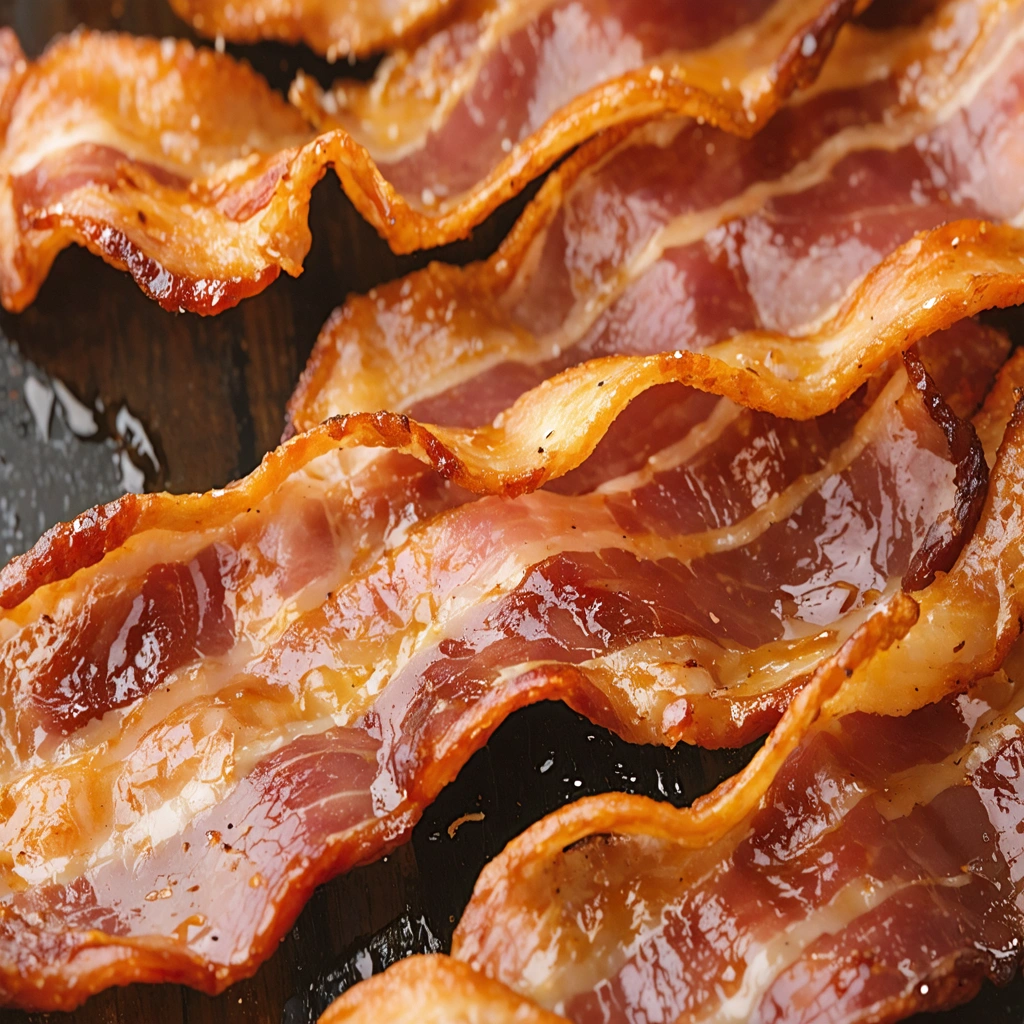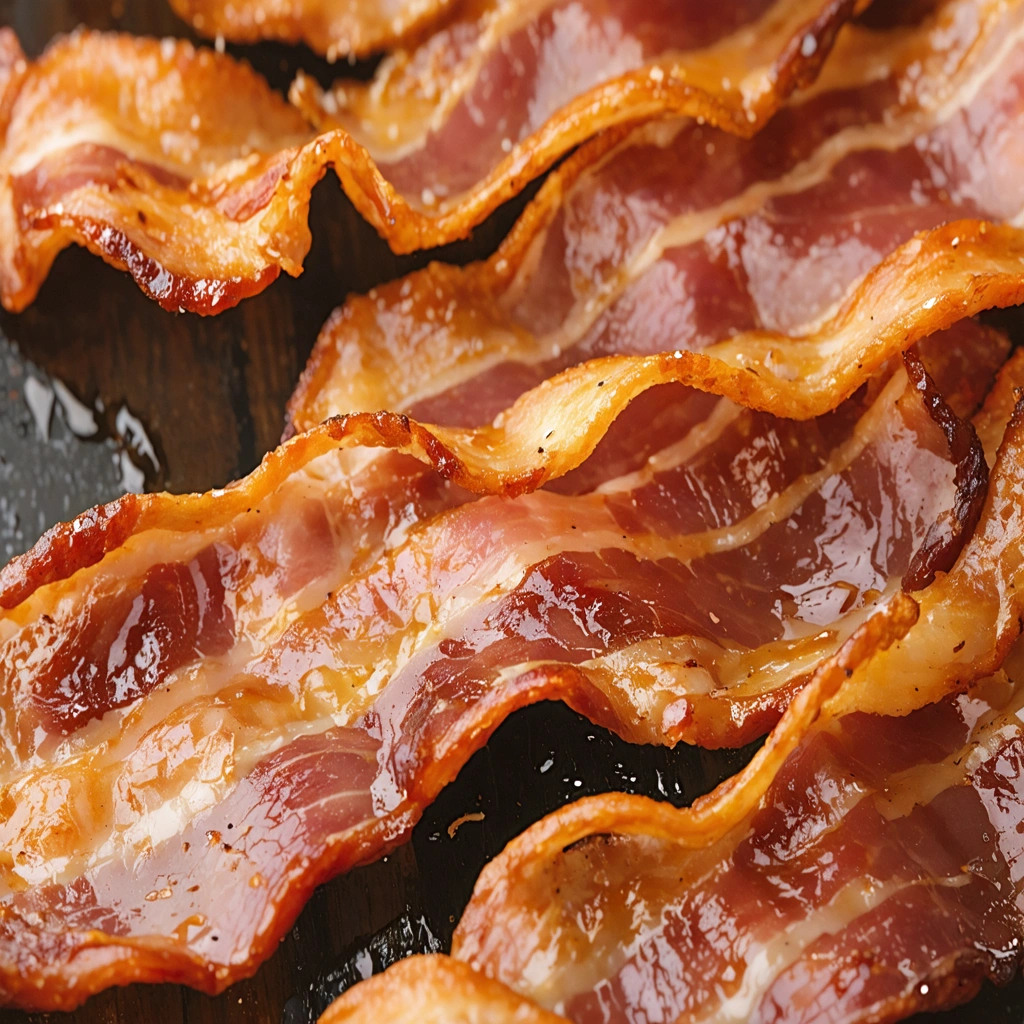
The Unexpected Power of a Simple Strip
Ask anyone what food instantly sparks cravings, and bacon often tops the list. But why does this humble, crispy strip of pork wield such magnetic charm? Despite its simplicity, bacon has transcended mere breakfast sidekick status to become a cornerstone of culinary staples worldwide. It’s no longer just about the taste; it’s about the aroma, the texture, and the smoky allure that dances on the palate and ignites food trends like wildfire.
Yet, in a world overwhelmed by evolving diets, health fads, and the pursuit of superfoods, bacon’s popularity seems paradoxical. While many ingredients fade in and out of vogue, bacon’s sizzling presence remains steady, even intensifying. Its unique position sparks an intriguing question: How has bacon managed to maintain and even expand its cultural and gastronomic relevance in the fast-changing food landscape? This article dives deep into bacon’s irresistible appeal, exploring how it shapes and is shaped by modern culinary culture.
From Breakfast Plate to Global Phenomenon: The Rise of a Culinary Icon
Imagine walking into a bustling market or scrolling through social media feeds—bacon appears everywhere. From gourmet burgers layered with thick-cut strips to innovative desserts like bacon-infused chocolate, this ingredient’s versatility is staggering. But bacon’s story isn’t just about flavor; it’s about its evolution into a cultural symbol, an ingredient that chefs and home cooks alike turn to in crafting memorable meals.
Still, this very ubiquity raises challenges. With bacon’s presence saturating menus and product shelves, how does one navigate the fine line between culinary creativity and overindulgence? Moreover, concerns about health and sustainability cast shadows on bacon’s widespread use. These factors compel us to reconsider how bacon fits into contemporary diets and future food trends.
What Makes Bacon So Addictive?
- Flavor Complexity: The interplay of salt, fat, and smoky undertones creates an umami-rich profile that few foods can rival.
- Texture Contrast: The crunch of perfectly cooked bacon juxtaposed with its tender meat adds a sensory delight.
- Aroma’s Power: The scent of bacon sizzling evokes comfort and indulgence, often triggering nostalgic memories.
These qualities have not only captivated individual palates but have also influenced chefs and food innovators to incorporate bacon into countless dishes, sparking new food trends that celebrate its smoky charm.
Why This Matters to Food Lovers and Trendsetters
For food enthusiasts, bacon’s surge is more than just a fad; it’s a testament to how culinary staples evolve and adapt. It challenges us to appreciate tradition while embracing innovation. Whether you’re a home cook eager to experiment or a professional chef seeking inspiration, understanding bacon’s role in food trends offers valuable insights into flavor building, ingredient pairing, and cultural resonance.
This article will explore:
- The historical journey of bacon and its cultural significance
- How bacon influences and drives emerging food trends
- The balancing act between indulgence and health-conscious eating
- Creative ways bacon continues to inspire culinary innovation
So, if you’ve ever wondered why bacon has become a sizzling symbol of food obsession, or how it might shape your next dish or dining experience, keep reading. We’re about to unravel the smoky allure that keeps bacon at the heart of culinary culture.

Bacon: Culinary Culture’s Sizzle - Exploring Its Smoky Allure and Impact on Food Trends
Why Has Bacon Become Such a Powerful Culinary Staple?
Bacon’s rise to prominence as a culinary staple is rooted in its unique combination of flavor, texture, and versatility. The smoky allure of bacon is largely due to the curing and smoking processes, which produce complex, savory flavors and an irresistible aroma that appeals to a wide range of palates. This sensory experience triggers cravings and emotional connections, making bacon a beloved ingredient across cultures.
Beyond taste, bacon’s fat content contributes to its mouthfeel and ability to enhance other ingredients through the Maillard reaction — the chemical process that browns food and deepens flavor during cooking. This makes bacon not just a side or breakfast meat, but a powerful flavor enhancer in countless recipes.
How Does Bacon Influence Current Food Trends?
Bacon continues to drive food trends by inspiring creativity among chefs, food manufacturers, and home cooks alike. Over the past decade, bacon has evolved from a traditional breakfast item to a trendy ingredient found in everything from gourmet desserts to craft cocktails. This evolution reflects broader culinary trends, such as:
- Flavor Fusion: Combining smoky bacon with sweet, spicy, or umami flavors to create complex taste profiles.
- Comfort Food Revival: Elevating classic comfort dishes with bacon to add indulgence and familiarity.
- Snack Innovation: Incorporating bacon into snack foods, such as bacon-flavored chips, popcorn, and jerky.
- Health-Conscious Alternatives: The rise of nitrate-free, turkey bacon, and plant-based bacon substitutes to cater to changing dietary preferences.
According to market research by Nielsen, bacon sales have seen steady growth, with an increase of over 5% annually in many regions, underscoring bacon’s sustained popularity and its role as a trend driver in the meat and snack categories.
What Are the Cultural and Social Factors Behind Bacon’s Popularity?
Bacon’s appeal also stems from cultural and social dynamics. It has become more than a food item—it's a cultural icon symbolizing indulgence, authenticity, and even a sense of humor. Social media platforms like Instagram and TikTok have amplified bacon’s status by showcasing innovative recipes and visually appealing dishes, fueling its obsession among food enthusiasts.
This cultural cachet has led to events like “Bacon Festivals” and the proliferation of bacon-themed merchandise, from bacon-scented candles to bacon-infused lip balm. These phenomena reflect bacon’s integration into lifestyle branding and consumer identity, making it a powerful force beyond just the kitchen.
How Can Home Cooks Incorporate Bacon Into Their Culinary Repertoire?
For those looking to embrace bacon in their cooking, the possibilities are vast and exciting. Here are some practical ways to incorporate bacon as a culinary staple:
- Enhance Salads and Vegetables: Crumbled bacon adds crunch and umami to leafy greens and roasted vegetables.
- Elevate Breakfast Dishes: Beyond traditional bacon and eggs, try bacon-infused pancakes, breakfast burritos, or avocado toast.
- Boost Soups and Stews: Use bacon fat to sauté aromatics or add chopped bacon as a garnish for smoky depth.
- Experiment with Desserts: Incorporate bacon into chocolate bark, caramel sauces, or even ice cream for a sweet-savory twist.
When cooking with bacon, consider balance—its saltiness and richness can overpower other flavors if not paired thoughtfully. Using bacon as an accent rather than the main ingredient often yields the best results.
What Are the Health Considerations and Alternatives Related to Bacon?
While bacon is beloved for its flavor, health-conscious consumers often raise concerns about its fat, sodium content, and the presence of nitrates or nitrites used in curing. Moderation is key to enjoying bacon as part of a balanced diet.
For those seeking alternatives, options include:
- Turkey or Chicken Bacon: Lower fat than traditional pork bacon but with a similar texture.
- Plant-Based Bacon: Made from ingredients like tempeh, coconut, or mushrooms, offering smoky flavors for vegetarians and vegans.
- Nitrate-Free or Uncured Bacon: Minimizes exposure to preservatives while retaining flavor.
These alternatives also align with emerging food trends prioritizing sustainability and health without sacrificing the beloved smoky allure that bacon brings to the table.
Conclusion: Why Bacon Remains a Timeless Culinary Influence
Bacon’s smoky allure is deeply entrenched in culinary culture because it combines sensory pleasure with cultural significance, driving ongoing food trends and inspiring endless creativity. As a culinary staple, bacon transcends being just an ingredient; it shapes how we think about flavor, indulgence, and food identity.
Understanding bacon’s multifaceted role helps culinary professionals and food enthusiasts alike appreciate why this humble meat continues to sizzle at the heart of food culture and innovation worldwide.



